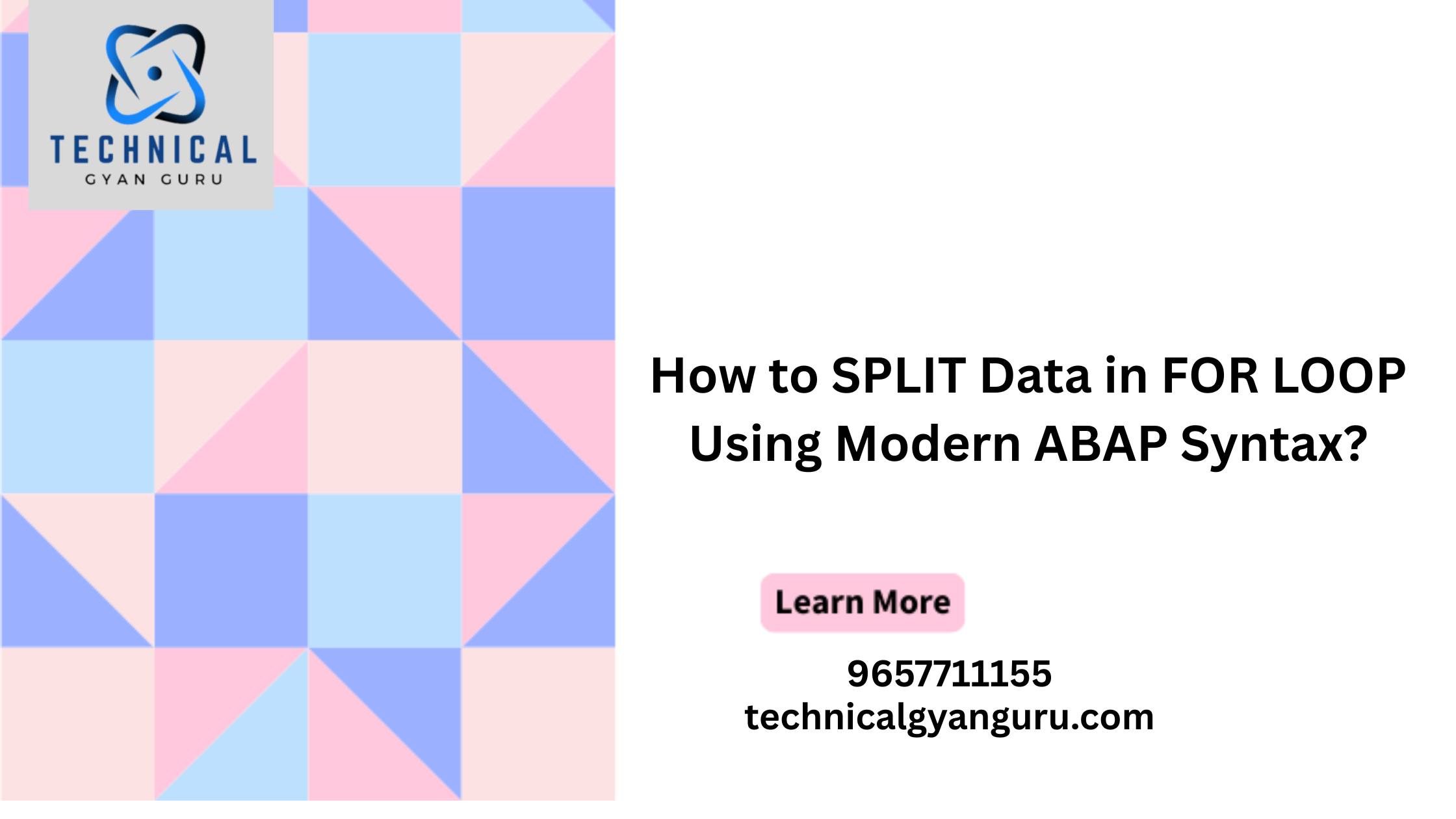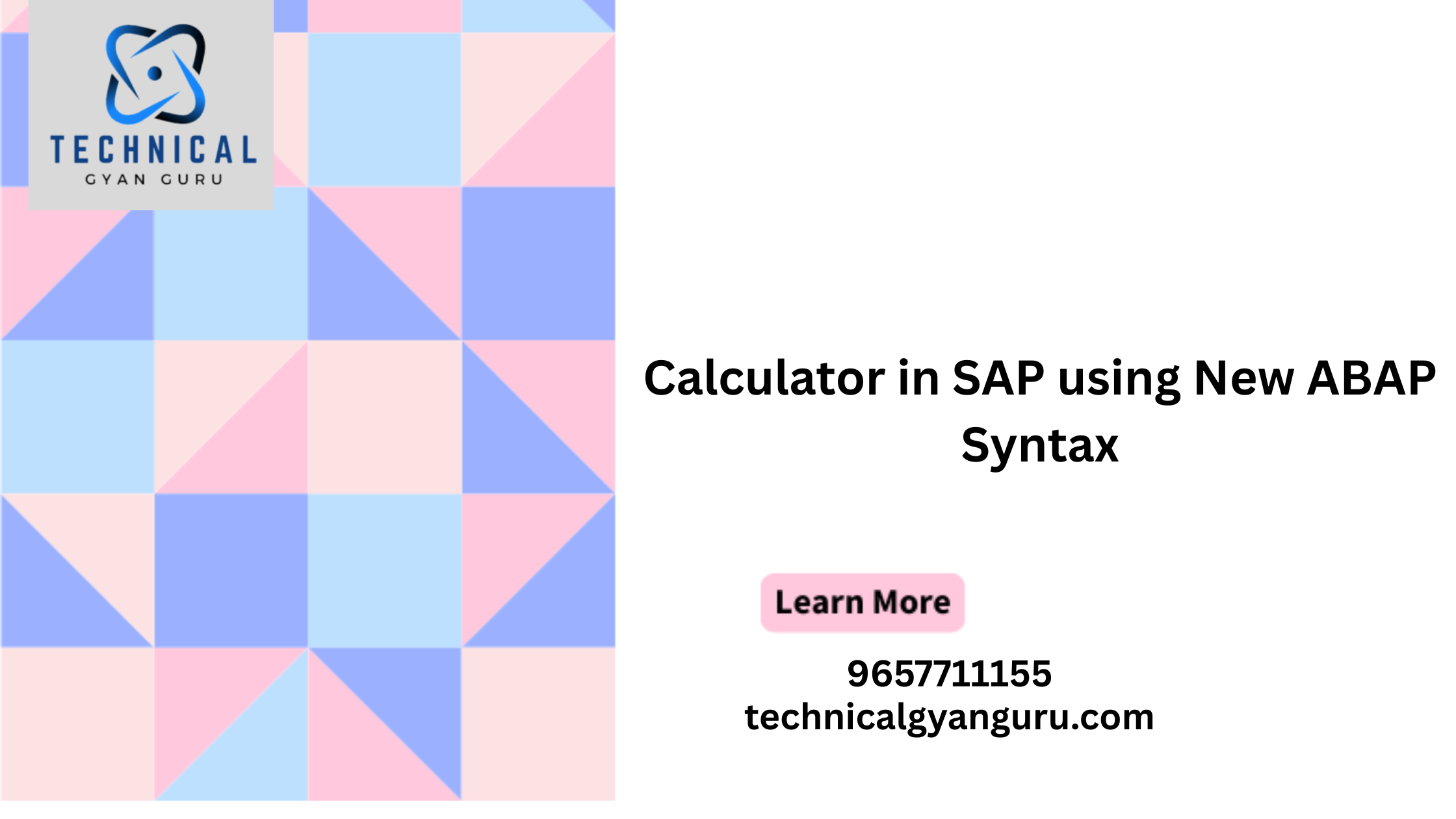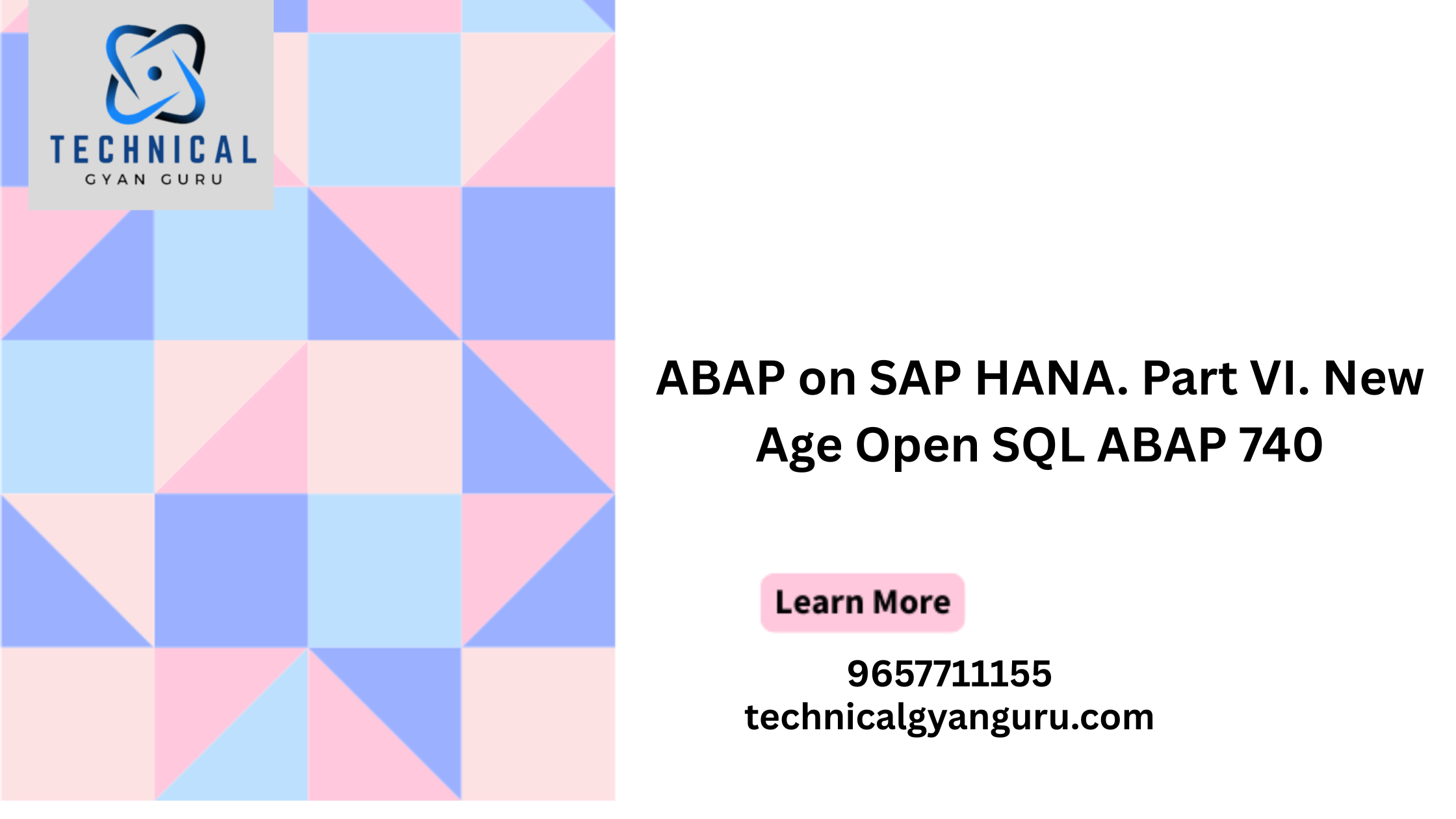
Discover how to efficiently manage and handle media files using OData Gateways. Learn the best practices, techniques, and tools for seamless integration
In today’s digital landscape, handling media files efficiently is crucial for various applications, from content management systems to e-commerce platforms. OData (Open Data Protocol) provides a standardized way to interact with data over the web, and when combined with SAP NetWeaver Gateway, it offers a robust solution for managing media files. This comprehensive guide will delve into the intricacies of media handling using OData Gateways, exploring the benefits, architecture, and practical implementation.
Understanding OData and SAP NetWeaver Gateway
OData Overview
OData is a protocol designed to standardize data exchange over the web. It uses RESTful APIs to enable clients to query and update data, providing a consistent way to interact with various data sources. OData supports CRUD (Create, Read, Update, Delete) operations, making it a versatile tool for data manipulation.

SAP NetWeaver Gateway
SAP NetWeaver Gateway is a technology that facilitates the integration of SAP systems with external applications. By leveraging standard web protocols like HTTP and OData, it allows for seamless communication and data exchange between SAP and non-SAP systems. This integration capability is crucial for applications that require access to SAP data and processes.
Step 1: Develop an entity to manage media information.

Step 2: Create runtime artefacts.
Build the project’s runtime artifacts. All vital techniques will be available in the Data Provider and Model Provider subclasses. Remember that, unlike past CRUD operations, we are starting development with the Model Service Class this time. Let us start off our development.
Step 3: Code on MPC.

The basic way of coding is discussed below. Remember, you must write the statement super->define() else we will be unable to access the model object. From the MPC, we want the entity “SoPrint” to collaborate. In my request, I need the ‘OrderNo’ property of the attribute ‘SoPrint’. You must use the set_as_content_type() method to specify the attribute’s content type.
method DEFINE.
DATA: lo_property type REF TO /iwbep/if_mgw_odata_property,
lo_entity_type TYPE REF TO /IWBEP/IF_MGW_ODATA_ENTITY_TYP.
super->define( ).
lo_entity_type = model->get_entity_type(
iv_entity_name = 'SoPrint').
if lo_entity_type is bound.
lo_property = lo_entity_type->get_property('OrderNo').
lo_property->set_as_content_type( ).
endif.
endmethod.
Step -4: Design a Smartform to Print
When we start writing code in the DPC_EXT, let’s build a Smartform that just displays a Smartform with some data. Obviously, you will have your own Smartform with full company logic and several importing parameters.

Step 5: Code to DPC_EXT.
With DPC_EXT, another function /IWBEP/IF_MGW_APPL_SRV_RUNTIME~GET_STREAM handles a GET media sources action.
method /IWBEP/IF_MGW_APPL_SRV_RUNTIME~GET_STREAM.
DATA: ls_key_tab type /iwbep/s_mgw_name_value_pair,
ls_stream type ty_s_media_resource,
lv_so_id type vbeln.
DATA: lv_fname type rs38l_fnam,
ls_control_parameters type ssfctrlop,
ls_output_options type ssfcompop,
lv_device_type type rspoptype,
bin_pdfx type xstring,
ls_otf_data type ssfcrescl.
DATA: lt_otf type standard table of itcoo,
lt_lines type standard table of tline,
t_otf_from_fm type ssfcrescl.
* You can pass the order number to the Smartform to generate an order related Smartform
READ TABLE it_key_tab into ls_key_tab with key name = 'OrderNo'.
* Get the order
* For this sales order we are going to prepare string data for the PDF
lv_so_id = ls_key_tab-value.
* Call the smartform to get the smartform name. I have not passed the order since *the Smartform I am using is a generic one
CALL FUNCTION 'SSF_FUNCTION_MODULE_NAME'
EXPORTING
FORMNAME = 'ZTEST61'
IMPORTING
FM_NAME = lv_fname.
*Prepare control parameter
ls_output_options-tddest = 'LOCL'.
ls_output_options-xdfcmode = abap_true.
ls_output_options-xsfcmode = abap_true.
ls_output_options-tdnewid = abap_true.
ls_output_options-tdimmed = abap_true.
ls_control_parameters-no_dialog = abap_true.
ls_control_parameters-preview = space.
ls_control_parameters-getotf = abap_true. " Extremely Important to get OTF data
* Call the function module of smartforms
CALL FUNCTION lv_fname
EXPORTING
CONTROL_PARAMETERS = ls_control_parameters
OUTPUT_OPTIONS = ls_output_options
IMPORTING
JOB_OUTPUT_INFO = t_otf_from_fm
EXCEPTIONS
formatting_error = 1
internal_error = 2
send_error = 3
user_canceled = 4
OTHERS = 5.
* Pass otf data to otf table
lt_otf[] = t_otf_from_fm-otfdata[].
* Convert OTF to xString
CALL FUNCTION 'CONVERT_OTF'
EXPORTING
FORMAT = 'PDF'
IMPORTING
BIN_FILE = bin_pdfx
TABLES
OTF = lt_otf
LINES = lt_lines
EXCEPTIONS
ERR_MAX_LINEWIDTH = 1
ERR_FORMAT = 2
ERR_CONV_NOT_POSSIBLE = 3
ERR_BAD_OTF = 4
OTHERS = 5.
* Pass xstring value
ls_stream-value = bin_pdfx.
ls_stream-mime_type = 'application/pdf'.
* Copy data to reference
copy_data_to_ref(
exporting is_data = ls_stream
changing cr_data = er_stream ).
endmethod.
You can put any order quantity into the SoPrintSet attribute or the attribute's keys you provided.
It DPC_EXT programming, you may encounter blank JOB_OUTPUT_INFO in the Smartform calling method section, resulting in t_otf_from_fm being blank. I personally had this issue and discovered that the root cause was the DEFAULT output device setup linked with my SAP account. If you do not have any output devices configured in your account (which can be tested using the SU3 transaction), no value will be returned in the JOB_OUTPUT_INFO database.
To obtain the other text format output, ensure that ls_control_parameters-getotf=abap_true is used.

Conclusion
Media handling using OData Gateways provides a standardized, efficient, and secure way to manage media files in various applications. By leveraging the capabilities of OData and SAP NetWeaver Gateway, organizations can streamline their media handling operations, ensuring interoperability, scalability, and security. As technology continues to evolve, integrating advanced technologies like AI, blockchain, and edge computing will further enhance media handling capabilities, driving innovation and efficiency in the digital age.
you may be interested in this blog here:-
Top SAP Modules in Demand 2024 Insights & Trends
Mastering the Duolingo English Test: Sample Questions and Answers







